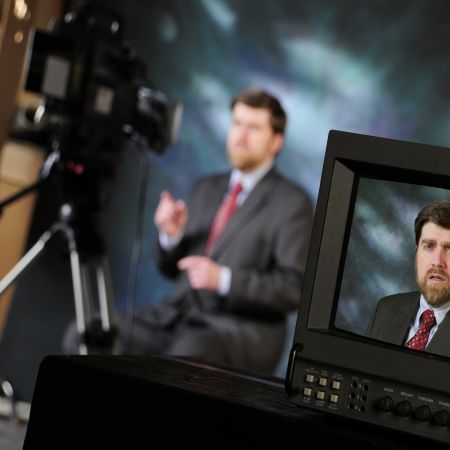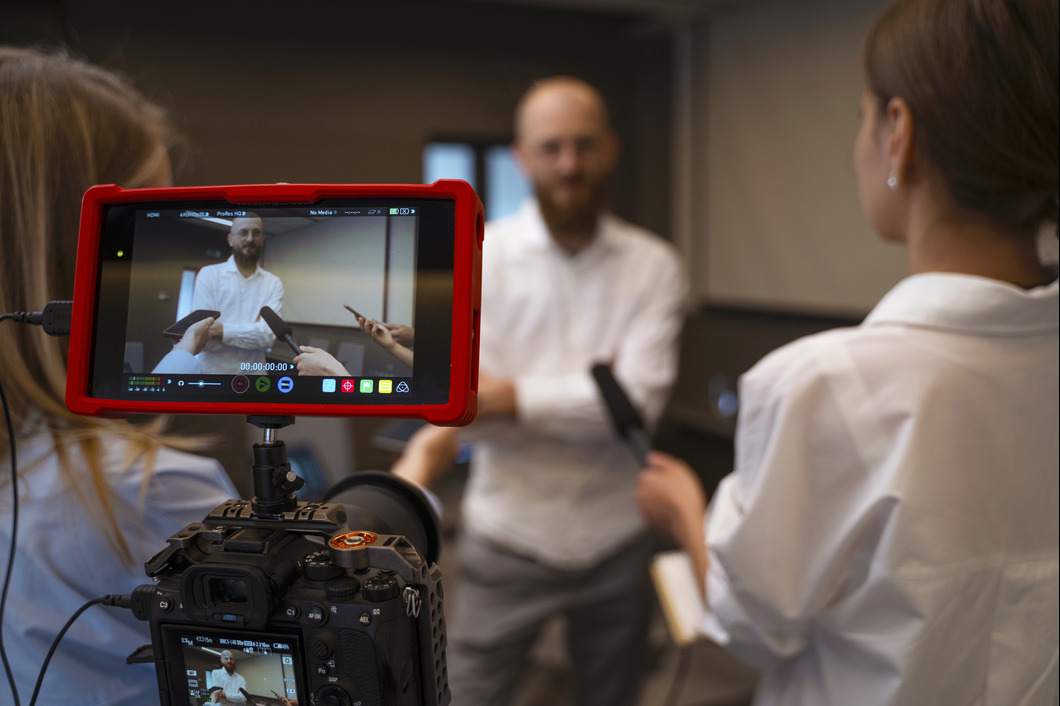Legal Videography: Changing the Method Proof is Recorded and Presented
Legal Videography: Changing the Method Proof is Recorded and Presented
Blog Article
Delving Into the Systems of Legal Videography: Unveiling Its Operation in Shielding Genuine Aesthetic Statement for Judicial Procedures
In the realm of judicial proceedings, the role of lawful videography stands as a keystone in maintaining and providing visual evidence. As modern technology proceeds to development, the systems behind legal videography have actually come to be progressively detailed, using a crucial layer of authenticity to testaments caught on video. By delving right into the functional complexities of legal videography, one can reveal the careful processes that guard the honesty of visual proof provided in courtrooms - Legal Videography. This expedition not just loses light on the historic evolution of lawful videography but additionally hints at the future trends that may further change exactly how visual statements are upheld in the world of justice.
Historic Evolution of Legal Videography
Checking out the historical progression of legal videography discloses a significant change in the recording and presentation of visual evidence within the legal landscape. In the past, lawful process greatly relied upon written records and photos to record events and offer proof. With the introduction of video innovation, the legal market experienced a standard change in just how aesthetic testament was recorded and offered.
The advancement of lawful videography can be mapped back to the late 20th century when innovations in video clip recording tools made it more accessible for use in courts. This technological development not only improved the accuracy and reliability of visual proof yet additionally reinvented the method situations were provided to judges and juries (Legal Videography). Lawyers began to recognize the persuasive power of video clip recordings in sharing emotions, nuances, and non-verbal cues that created photographs or transcripts alone can not capture efficiently

Innovation Improvements in Video Clip Paperwork
What key technical developments have changed video documents in the legal area? The legal area has actually seen considerable innovations in video paperwork innovation that have improved the credibility and reliability of aesthetic proof in judicial proceedings.
Additionally, advancements in video security and watermarking technologies have actually strengthened the safety and tamper-proof nature of video clip proof, protecting it versus unapproved alterations or meddling. In addition, the introduction of cloud storage space remedies and remote access abilities has structured the storage space, access, and sharing of video clip proof, facilitating seamless partnership amongst lawful specialists and ensuring efficient access to important aesthetic testaments when needed. These technical innovations in video documents have actually undoubtedly revolutionized the legal area, boosting the precision, reputation, and admissibility of aesthetic proof in judicial procedures.
Function of Lawful Videographers in Court Settings
The development of video documentation modern technology in the lawful field has actually required an important role for lawful videographers in court settings, making certain the stability and reliability of aesthetic statements offered throughout judicial proceedings. Lawful videographers play a fundamental duty in catching and maintaining precise aesthetic evidence that can be crucial in court situations. Their responsibility includes setting up tools, tape-recording process, and creating high-quality video clips that accurately mirror the events in the court.
Additionally, legal videographers typically function very closely with lawful groups to make certain that the video clip proof aligns with the case's requirements and can be efficiently provided in court to support the legal arguments being made. In general, the function of legal videographers in court settings is look at these guys important in maintaining the principles of justice and making sure the transparency of legal proceedings. Legal Videography.

Ensuring Admissibility and Integrity of Video Proof
To keep the reliability of aesthetic proof presented in legal procedures, making sure the admissibility and honesty of video evidence is a vital duty for lawful videographers. Admissibility refers to the acceptance of evidence by the court, and for video evidence to be permissible, it should meet particular criteria. Lawful videographers play a vital duty in guaranteeing that the videos they catch adhere to the rules of evidence, such as credibility, reliability, and relevance.
Integrity of video evidence includes maintaining the originality and precision of the video from the moment it is videotaped till it exists in court. This consists of safely keeping the video files, recording the chain of guardianship, and avoiding any meddling or changes. Lawful videographers should stick to strict protocols to assure the stability of the video browse around this site evidence and protect against any kind of difficulties to its authenticity.
Future Trends in Legal Videography
Offered the boosting reliance on technology in lawful procedures, legal videographers are positioned to accept innovative advancements forming the future of visual testimony capture and discussion. One of the noticeable patterns coming up is the assimilation of online fact (VIRTUAL REALITY) and augmented truth (AR) modern technologies right into legal videography. These technologies have the potential to reinvent how aesthetic evidence is presented in courts, allowing courts and juries to immerse themselves in the scene of the crime or occurrence.
Furthermore, making use of synthetic knowledge (AI) algorithms for video analysis is expected to enhance the procedure of evaluating and assessing big quantities of video footage. AI can help in recognizing essential minutes, anomalies, and patterns within videos, boosting the efficiency of legal examinations.

Final Thought
To conclude, lawful videography has played a vital role in supplying authentic visual proof for judicial proceedings. With technical developments and the proficiency of lawful videographers, the honesty and admissibility of video evidence are made certain in court room setups. As legal videography remains to progress, it will be essential to maintain criteria that maintain the accuracy and integrity of aesthetic statement for the More Info future of lawful process.
Examining the historical development of lawful videography reveals a considerable makeover in the capturing and presentation of visual proof within the lawful landscape.The evolution of video paperwork modern technology in the lawful area has required a vital duty for lawful videographers in courtroom settings, guaranteeing the stability and dependability of aesthetic testaments offered throughout judicial process. Additionally, legal videographers frequently work closely with legal teams to guarantee that the video evidence aligns with the case's requirements and can be efficiently provided in court to support the legal arguments being made.To maintain the reliability of visual evidence offered in lawful process, making certain the admissibility and honesty of video clip evidence is a vital responsibility for legal videographers. As lawful videography proceeds to progress, it will be vital to support standards that keep the precision and dependability of visual testimony for the future of lawful process.
Report this page